In the world of industrial material handling, efficiency, safety, and ergonomics are paramount considerations for any forward-thinking company. To address these concerns, enclosed rail crane systems with integrated trolleys have emerged as a cornerstone solution. These systems, with either manual or electric trolleys, have revolutionized material handling processes, offering unparalleled advantages for businesses striving to optimize their operations.
The Anatomy of Enclosed Rail Crane Systems and Trolleys
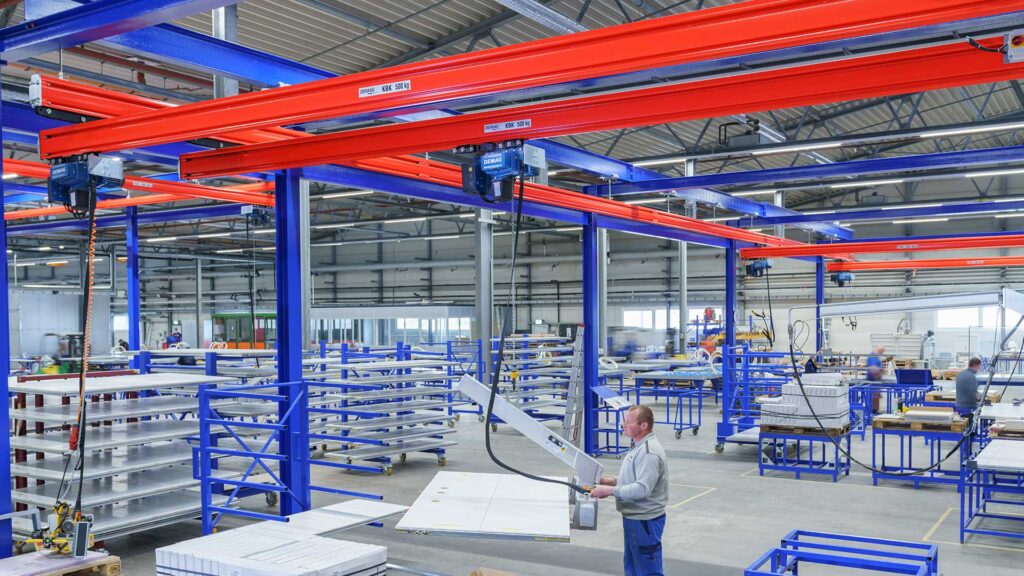
Enclosed rail crane systems are normally suspension cranes, where the bridge and runway hang below where it is connected to the building structure. Trolleys allow bridges to move up and down the runway and lifting devices like chain hoists to move across the bridge. They have the means to transport loads efficiently and safely, typically comprised of a wheeled carriage that runs along or within the rails, carrying the load below it. Trolleys can be manually operated or powered by electricity, each offering distinct benefits based on specific operational requirements.
Choosing the Trolley to Meet Your Requirements
Selecting between manual and electric trolleys depends on a careful assessment of operational requirements and operational goals. Trolleys on enclosed rail crane systems, whether manual or electric, have a significant role to play in enhancing workplace safety. Ergonomics plays a pivotal role in ensuring the health and well-being of a company’s workforce. The manual handling of heavy loads can lead to musculoskeletal injuries and chronic strain for workers.
When Precision Matters
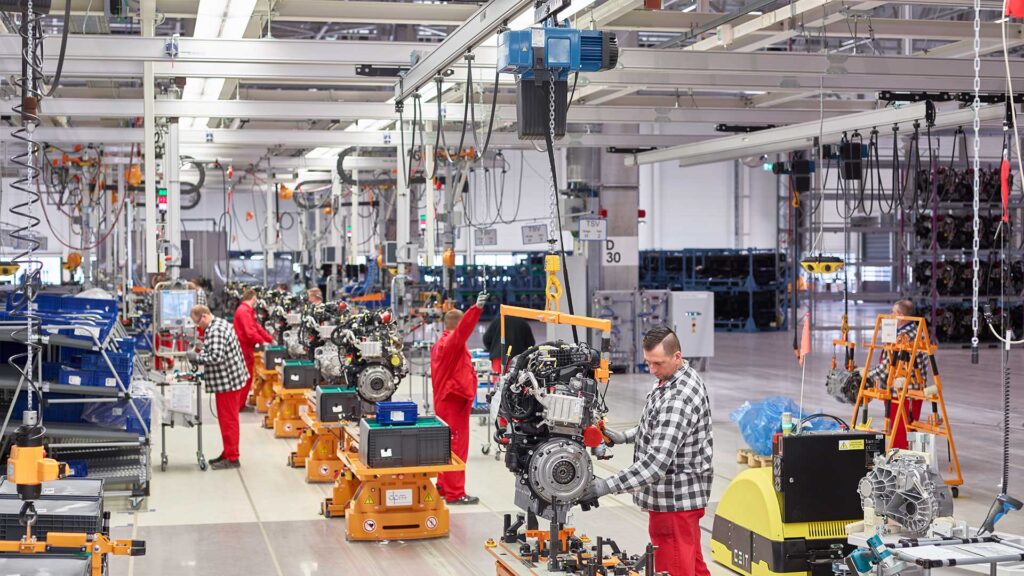
Manual trolleys can be an excellent choice when the task involves lighter loads or sporadic material movement. These trolleys are operated by workers who physically push or pull the load along the rail system. The advantage of manual trolleys lies in their simplicity and cost-effectiveness. They require minimal maintenance, have no dependence on power sources, and are easy to use.
Manual trolleys also offer a level of precision that can be essential for specific tasks. Workers can carefully control the speed and direction of the trolley, making them suitable for scenarios where delicate positioning is necessary. This level of control can be particularly beneficial in environments where human judgment and skill are integral, such as certain assembly line operations or workshops.
Enhancing Productivity with Power
While manual trolleys have their merits, certain situations demand a more automated and efficient approach. This is where electric powered trolleys come into play. These trolleys are equipped with electric motors that propel them along the rail system, eliminating the need for manual effort. The increased efficiency brought by electric trolleys can significantly boost productivity in material handling processes.
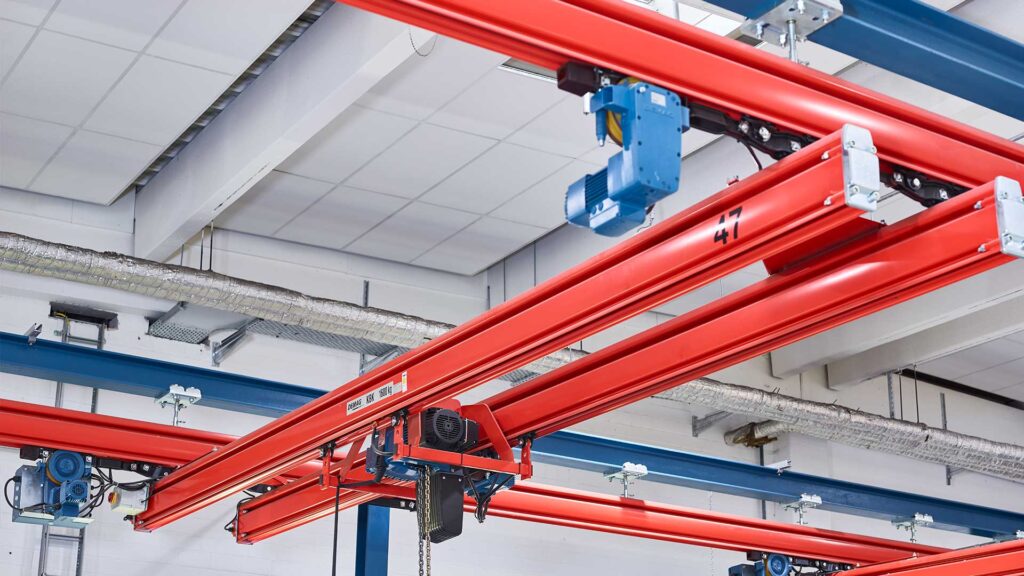
Electric trolleys are ideal when dealing with heavier loads and tasks requiring frequent and consistent movement. The automation provided by electric trolleys reduces the physical strain on workers, allowing them to focus on higher-level tasks. This results in faster material handling, reduced downtime, and increased throughput.
Additionally, electric trolleys can be integrated with various control systems, enabling features like variable speed control and remote operation. These features contribute to precise load positioning, reducing the risk of accidents and improving overall efficiency. For instance, in industries where heavy components need to be precisely positioned during manufacturing or assembly, electric trolleys provide the necessary finesse.
Efficiency and Safety with Electric Trolleys
Electric trolleys are ideal when dealing with heavier loads and tasks requiring frequent and consistent movement. The automation provided by electric trolleys reduces the physical strain on workers, allowing them to focus on higher-level tasks. This results in faster material handling, reduced downtime, and increased throughput.
Additionally, electric trolleys can be integrated with various control systems, enabling features like variable speed control and remote operation. These features contribute to precise load positioning, reducing the risk of accidents and improving overall efficiency. For instance, in industries where heavy components need to be precisely positioned during manufacturing or assembly, electric trolleys provide the necessary finesse.
Electric trolleys can be equipped with advanced safety features such as collision avoidance systems, emergency stop mechanisms, and overload protection. These features act as safeguards, reducing the likelihood of accidents and injuries.
When Manual Trolleys May Work
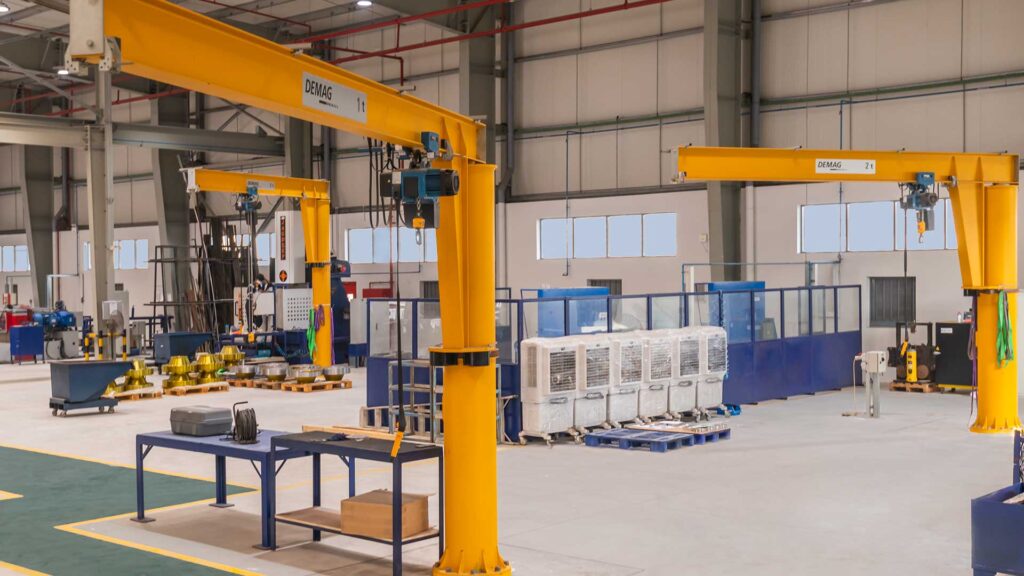
Manual trolleys have benefits for your operations and your manufacturing processes. They can make material handling more precise than a powered trolley. Manual trolleys can be ideal when a task demands a human touch and requires precise control over the load movement. They are also a cost effective option and have simple maintenance requirements.
When Electric Trolleys May Work
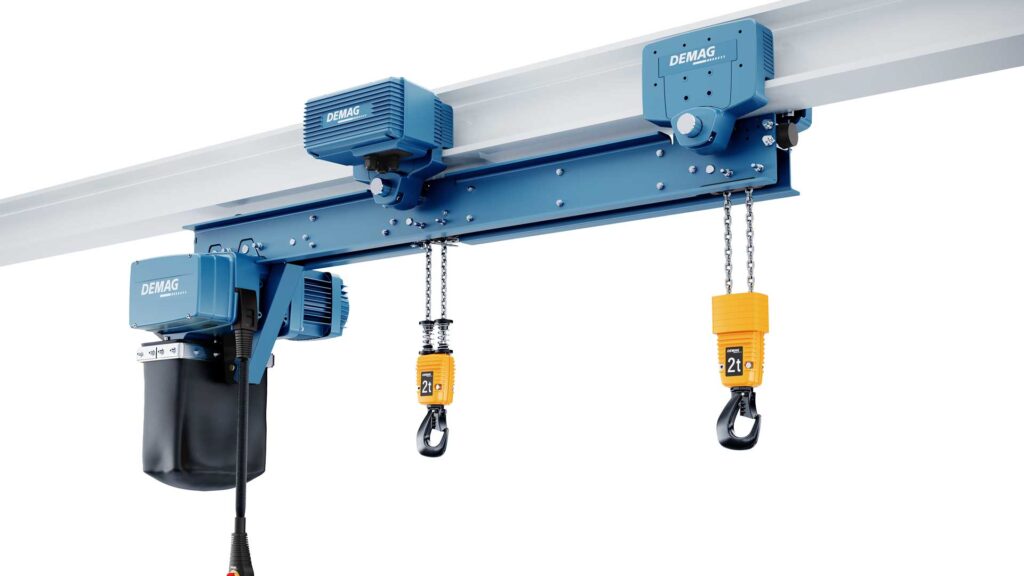
Electric powered trolleys are called up on when capacities start to increase making manual manipulation impractical or unsafe. When your process requires repeated, frequent movements, electric trolleys minimize human fatigue thereby making the operation safer. In addition, adding safety features like collision avoidance and overload protection are easily integrated into electric trolleys. Automation requirements can be integrated into this type of trolley when necessary.
In the ever-evolving landscape of industrial material handling, enclosed rail crane systems equipped with trolleys are pivotal tools for streamlining operations. Manual trolleys provide the human touch and precision required for specific tasks, while electric powered trolleys enhance efficiency and safety in high-demand environments. The careful consideration of operational needs, load characteristics, and safety priorities will guide businesses towards choosing the optimal trolley solution to meet your requirements. Ultimately, these innovations in material handling not only boost productivity but also prioritize the well-being of the workforce.
Learn more about the full line of DC Chain Hoists to meet your lifting requirements. Whether you need a chain hoist with a manual trolley for the finest precision or an electric trolley for lifting heavy loads, there is a Demag DC Chain Hoist to meet your requirements.
